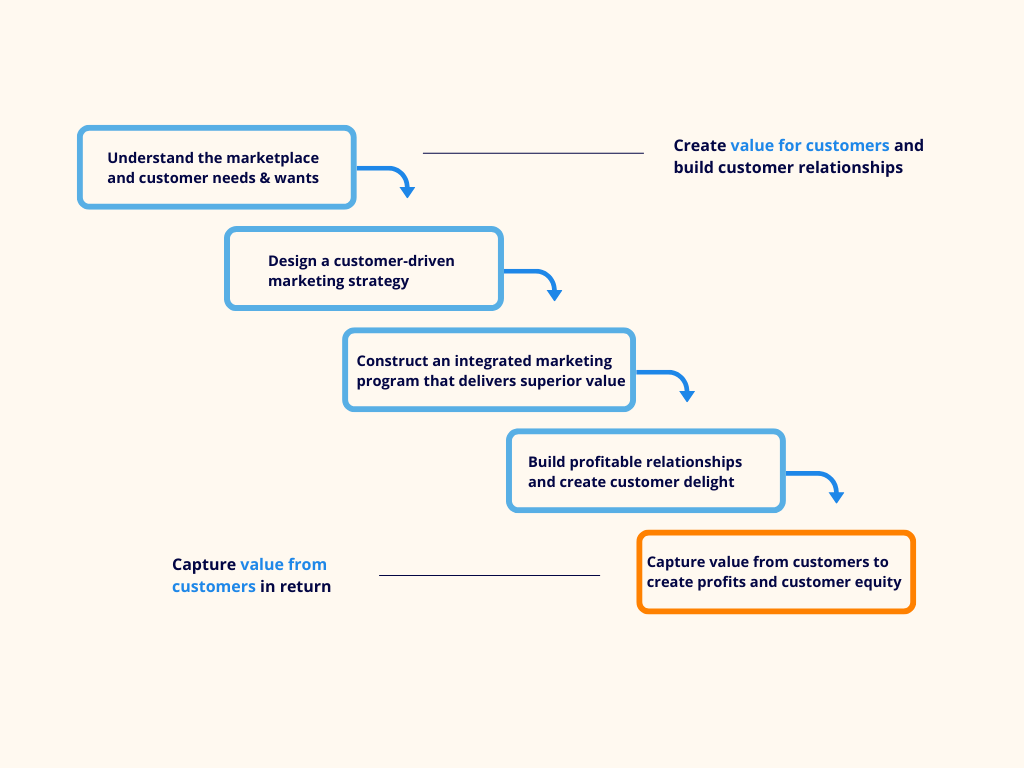Marketing Mix Modeling Is Your Means To Leverage Your Marketing Budget, By Mass Analytics’ Dr. Ramla Jarrar
This blog is the first of a series of articles that will introduce our readers to Marketing Mix Modeling (MMM), a proven marketing and ROI measurement technique. MMM has stood the test of time and is today leading the way of highly granular and privacy compliant marketing measurement techniques.

Introduction
The best way to introduce Marketing Mix Modeling is the famous saying of John Wanamaker: “Half the money I spend on advertising is wasted; the trouble is, I don’t know which half.”
Marketing Mix Modeling (MMM) enables marketers to answer this very question shedding light on both halves of the marketing budget to understand what part worked best and what part did not.
MMM applies advanced statistical techniques to historical data, which allows to properly disentangle the sales drivers; break down the contribution of every contributing factor; measure the return on investment (ROI) behind every single channel; predict future performance, and, most importantly, optimize their budget. The methods used by MMM can “yield 20% to 30% improvement in the efficiency of marketing spending, primarily by optimizing media” (Gartner 2016).
MMM is considered a crucial part of a marketing strategy as it offers a scientific way to draft successful marketing plans based on the knowledge stemming from past performances. For a Marketing Mix project to be effective, it should consist of four main phases:
- Data collection and Integrity
- Modeling
- Model-based business measures
- Optimization and Simulation. (Nielsen, 2014).
In this blog, we define the role of Marketing Mix Modeling, identify its components, and provide the reader with a glimpse of the context in which MMM functions.
Deciphering the factors that impact Consumer Behavior:
Consumer behavior (and their perception of products/services) is influenced by a multitude of factors which could be classified into two categories:
- Controllable Factors: these are stimuli that are controlled by the company, for example media (offline and digital media channels), promotions, and price changes
- Uncontrollable factors: Such as seasonality, competition, pandemic, or the economy

MMM aims to understand the impact of each one of these factors on a company’s sales performance. This constitutes the main difference between market research and MMM. In that, Market Research is based on surveys aimed at understanding how customers perceive a certain brand, their intention to purchase, and their closeness to the brand. On the other hand, Marketing Mix Modeling is based on analyzing the data to understand the consumer based on what they buy. In MMM, it is essential to dissect circa three years’ worth of weekly data. The analysis of this longitudinal data allows one to have a good grasp on the marketing activities and the fluctuations they cause in the company’s sales.
The building blocks that constitute the MMM Process
An MMM project has three main building blocks. They are all equally important and need to be executed perfectly for the project to succeed. These blocks are:
- Measurement: It consists of Data collection (historical behavior, historical marketing activities, and historical KPI), and Model building. The outcome of Measurement is understanding the sales and measuring the return on investment behind every single channel.
- Forecasting (or Simulation): It consists of running different simulation scenarios and predicting the level of sales if the business implements a certain course of actions.
- Optimization: At this step, the analyst defines the optimal way to allocate the budget, based on the modeling results.
Marketing Mix Modeling is the essential measurement Step in the Marketing Plan
Once a customer-driven marketing strategy is designed, the implementation part starts. Here, decisions about the 4Ps must be made (4Ps: Product/Price/Promotional Mix/Place).
When this step is completed, the brand starts attracting customers and building a customer base. This is then leveraged through the retention phase where the focus is to keep customers and anchor loyalty.
The purpose behind the marketing strategy process is to capture value from the customers, as per the framework proposed by Kotler and Armstrong (see figure 1). In this framework, Marketing Mix Modeling takes place at the end of the process of the marketing strategy:
- First, marketers need to understand their marketplace, design their customer-driven strategy (STP), and set their marketing objectives. That is when internal teams in conjunction with external partners (e.g. media agency, creative agency etc.) work together on translating the strategy into actions.
- Second, they move to the measurement part (MMM). They start collecting all the data that has been produced as part of the previous process. And they try to understand what the impact of every single factor on sales is. In other terms, the factors that have driven value and the ones that have less value.

Once this first iteration is over then the marketer is capable of advising future strategy based on the MMM evaluation. In that, the following year, when designing the future marketing strategies, it becomes much easier to use the output of the MMM to better guide future decisions.
This is the reason Marketing Mix Modeling is a key tool to aid decision-making regarding budget optimization and budget allocation.
Conclusion
Marketing Mix Modeling combines art and science to understand the behavior of consumers and produce actionable recommendations to optimally allocate the marketing budget. MMM is one of the main steps of a marketing strategy and it consists of three indispensable building blocks which are Measurement, Forecasting, and Optimization.
MMM has been developing fast over the last few years by constantly deploying cutting-edge technology. It has also been gaining momentum in the measurement industry for being reliable and privacy compliant. This makes it a future-proof technique. It can thrive in an environment characterized by the strict privacy regulations like GDPR, and CCPA; MMM can now reach high levels of granularity without ever threatening the privacy of individuals.
Our next blog will detail the different steps that compose the must to know and follow process that will ensure the successful delivery of a MMM project. Stay tuned!





